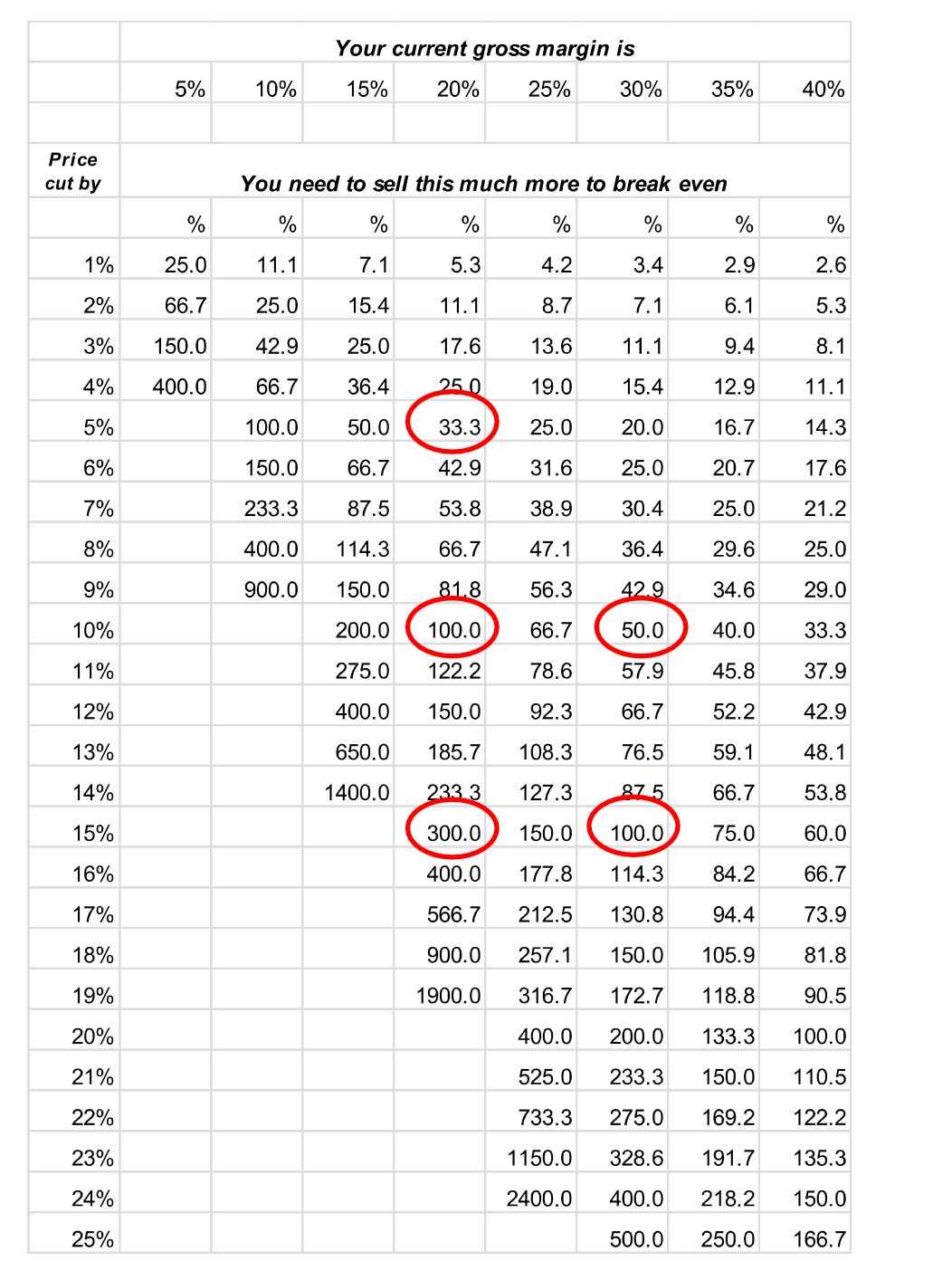7 lessons from the Cambridge Social Venture Weekend
Lessons I drew for Impact Drive that can help you as well
Last month, I had the opportunity to participate in the Cambridge social venture weekend, a two-day training for aspiring social entrepreneurs. I was very grateful to meet other social entrepreneurs and gain valuable insights. In this post, I want to share my top 7 lessons with you all:)
1. Speak to as many people as possible about your idea
When sharing your idea with other people, pay close attention to their initial response. Their first reaction and especially any sign of confusion is one of the most valuable points of feedback you can get. Your message needs to be crystal clear in order for others to get excited by it. Try playing with slightly different versions/ explanations of your idea until you feel people actually “get it”. I started presenting the mission of Impact drive along the following lines: A platform and community centered around ethics, entrepreneurship, and social impact. I got some positive resonance but didn’t feel like the idea really clicked with people. I got a lot of follow-up questions. As everyone there was very enthusiastic about social entrepreneurship that was fine. But in the real world, if someone doesn’t get your message immediately, they will just move on. On the second day, after having some time to work on my Business Model Canvas (explained below), and getting feedback on it, I shifted my pitch slightly. I now emphasized that I want to “create a more interconnected and impactful social enterprise ecosystem”. Essentially, I shifted the focus from people getting to share ideas to people getting connected to the right business development support for them (be it incubators, accelerators or investors). This made the Value Proposition clearer (what someone could get from sharing their idea). I suddenly sensed more excitement and clarity when I presented the idea.
2. Focus on the what, for whom, why?
On the first day we had to come up with a one to two sentence summary about our mission. I found pinning down the value proposition for Impact Drive very challenging, as I have many different ideas for where to go from here. I think this is fine, especially for an early-stage venture. You don’t need to know exactly what you want to do. But it is still a very helpful exercise to get clarity on where you currently stand. A one sentence description for Impact Drive is “a platform connecting aspiring social entrepreneurs with the right business development support, impactful ideas, and each other”. Note that this is just my current best guess, which can and likely will change over time.
3. Use the business model canvas as a starting point for your business plan
The Business Model Canvas is essentially a one-page business plan. It isn’t comprehensive, e.g., it doesn’t discuss market competition. However, it is a great starting point for any business as it helps you clarify your value proposition and provides a good oversight of your key business components. Below you can find a typical canvas.
Here you can access one if you would like to fill one out with your own idea.
The key for the business model canvas to work is to interlink the different areas of the canvas. They should build on each other and together support the value proposition and the obtainment of revenues (e.g., your value proposition should benefit your identified customers, and your key partners should help you fulfill your value proposition).
4. The importance of honest feedback
When presenting an idea to friends and family there is a danger that they are too nice and applaud even the crappiest of idea (either because they don’t want to hurt your feeling and/or because they don’t have the necessary knowledge). On the flipside, they could also be overly pessimistic, because they are scared for you venturing into the unknown/ giving up a more stable path. Both over-and-under optimism can lead you astray. During the weekend we played a variation of “hit the pot” – An unknown object was hidden somewhere in the room, and a person had to find it based on our feedback. We could only use words such as hot and cold to guide them. We altered the game for each of the three players. The first contestant received only positive feedback – no matter where they went, we cheered them on enthusiastically shouting “hot”, “you go”, “amazing”, etc. Unsurprisingly, he didn’t find the object. The second contestant received the exact opposite, no matter where they went, we criticized them, shouting “cold”, “boo”, “freezing”, etc. Again, they didn’t succeed. In contrast, the third player got accurate feedback “warm/hot” when they got closer, “cold” when they went astray. And surprise, they found the object. Similarly, to find our “product” or “idea”, we need accurate feedback. And the best people to get this from are customers. I don’t mean through surveys, but through actual products, however minimal. Even negative feedback shows you some interest is there – otherwise, why would people bother complaining. Actions speak louder than words – especially in business.
5. Measure the right thing
If you want to succeed, you need to know whether you are on track to achieving your goal. For this, you must measure your progress. But what should you measure? If you are early stage, you probably don’t have a lot of data, and measuring stuff can be costly. Focusing on only one or two data points first which provide insight over your progress (whether you progress at all and at what rate) is advisable. For example, if you want to build a newsletter, measuring how many newsletters you write (something entirely in your control), and how many subscribers you are getting, is more helpful – because more indicative of long-term success - than focusing on your opening rate or how many likes and views you get.
6. Keep your break-even as low as possible
Your break-even point represents the point where your revenues equal your costs – the point where you make zero profit and zero loss. Keeping your break-even point as low as possible is critical – unless you have a lot of cash to burn, making losses for too long will guarantee your failure, irrespective of how promising your idea is.
There are three main ways on how to lower your break-even point: Firstly, reduce your fixed costs – costs that arise (mostly) independent of how many goods you produce (think rent, machinery). Secondly, reduce your variable costs – costs that arise in proportion to your output (think material cost). And thirdly, increase your price. When times get tough, many instinctively want to reduce their price to be more cost competitive. However, price competition is a lot trickier than many people realize. The graph below shows by how much you would need to increase your sales to sustain a price reduction. For example, if you reduce your price by 5%, you must increase your output by 33% to reach break-even if you have a gross margin of 20%. Unless you calculated future discounts into your initial price (as fashion retailers do), discounting will unlikely work in your favour.
7. Make it playful
Lastly, you should make your actions playful. Introducing play into your tasks helps unlock creativity and allows you go from overthinking into action mode. We experienced this through a “tin-foil” exercise during the weekend. In groups, we could choose to work on a “wicked” problem (a problem that has no clear solution) such as the increasing political polarization through social media. We were then given 7 minutes to “solve” the issue and demonstrate our solutions only through tin-foil. Due to the time pressure, we didn’t spend time on academic debate but went straight to action. And because tin-foil models always look a bit crappy, it reduced our perfectionism. We “designed” a bridge connecting smart-phones (representing a social media feed exchange), a book (representing education), and a sheet that should represent legislation. Of course, you won’t solve a wicked problem in 7 minutes, but by making it fun, we at least got started.
Join us for an end of year review
19th of December, 8-9pm UK time, online
We would like to invite you for an end of year chat about Impact Drive - what we have done so far and where we want to go. The call is a great opportunity to meet other Impact Drive members. We are also excited to hear what you would like the future of Impact Drive to look like!
Register here: https://lu.ma/zp7b3pr3
We look forward to speaking to you!
Thank you for reading and all the best,









